A closed "ceasefire framework" presented by the U.S. president’s team in London for the first time leaves open the possibility that Washington could legitimize Russia’s annexation of Crimea.
The administration of Donald Trump is prepared to recognize Crimea as Russian. This provision is included in a new peace proposal presented by U.S. negotiators during a closed-door meeting in London. It marks the first time in 11 years since the annexation of the peninsula that the United States has openly signaled a possible shift in its stance.
During Trump’s first term in office, officials in Kyiv feared the White House might recognize Russia’s control over Crimea. Even during his campaign, Trump stated he would "look into" the issue—despite the official position of the Obama administration and America's Western allies, who firmly rejected the territorial seizure. He also noted: "The people of Crimea, from what I've heard, would rather be with Russia."
Nevertheless, no such steps were taken during Trump’s presidency—in fact, quite the opposite. In July 2018, Secretary of State Mike Pompeo issued an official statement known as the "Crimea Declaration." It emphasized that the United States would not recognize the annexation of the peninsula "until Ukraine’s territorial integrity is restored." The statement echoed the historic U.S. position dating back to 1940, when the Welles Declaration rejected the Soviet occupation of the Baltic states.
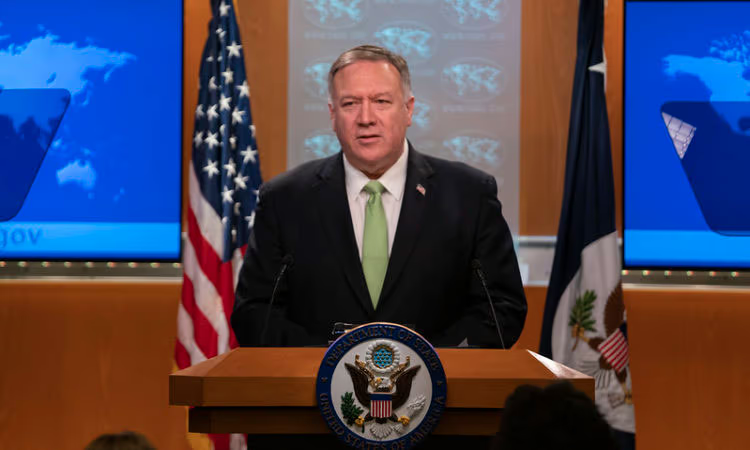
Mike Pompeo announces the "Crimea Declaration". July 2018.
According to American and European officials, the new ceasefire framework proposed by the Trump administration includes recognition of Crimea as part of Russia in exchange for Moscow’s agreement to a truce and a partial withdrawal from other frontlines.
Former senior diplomat Daniel Fried, who spent years working on Ukraine and Russia, called the recognition of Crimea "the worst part" of the proposal—already viewed as favorable to Moscow. "It’s one thing to agree to a ceasefire along current lines without demanding Russia’s immediate withdrawal from occupied parts of eastern Ukraine. But officially recognizing Russian control over Crimea is something else entirely," he emphasized.
According to Fried, one can acknowledge the fact of an illegal occupation as a temporary reality, but that should not mean redrawing borders. This contradicts a core international principle outlined in the Pompeo Declaration: "no country can change the borders of another by force."
It remains unclear whether Donald Trump himself shares the position outlined by Mike Pompeo in 2018. At the time, the then-Secretary of State took a firmer stance on Russia than the president. However, the views expressed in the "Crimea Declaration" received bipartisan support in Congress—including from Republican Senator Marco Rubio. In 2022, Rubio co-authored a bill explicitly prohibiting the United States from recognizing any Russian territorial claims on Ukrainian land. Rubio warned that such a move would set a dangerous precedent for other authoritarian regimes—most notably China in its claims over Taiwan.
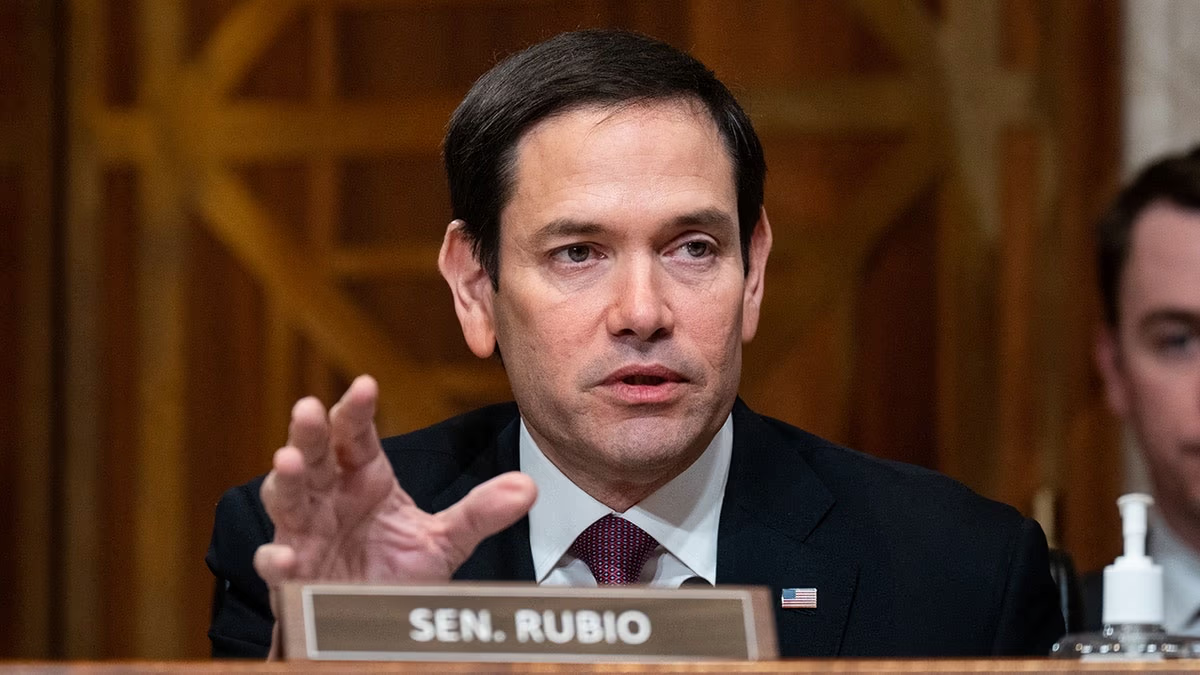
Marco Rubio—co-author of the bill banning recognition of annexed territories.
For Kyiv, the idea of recognizing Crimea as Russian is absolutely unacceptable. On Wednesday, Volodymyr Zelensky again rejected the possibility of compromise: "This is our land, the land of the Ukrainian people." He noted that such a move contradicts the Constitution of Ukraine and stressed that Ukraine will not recognize any decisions involving the transfer of its territories.
Trump himself appears to be drawing a distinction between recognition of Crimea by Ukraine and a similar move by the United States. "No one is asking Zelensky to recognize Crimea as Russian territory," he wrote. However, according to analysts, if Washington adopts such a position unilaterally—without requiring formal approval from Kyiv or NATO allies—it might be "tolerated" despite deep disagreement.
Eleven years ago, Russia sent troops into Crimea following a change of power in Kyiv and organized a referendum, the results of which allegedly showed the peninsula voting to join the Russian Federation. Most countries, including the United States and EU member states, deemed the vote illegitimate. Since then, Moscow has only strengthened its presence: expanding military infrastructure, pushing out dissenters, and constructing a bridge linking Crimea to mainland Russia.
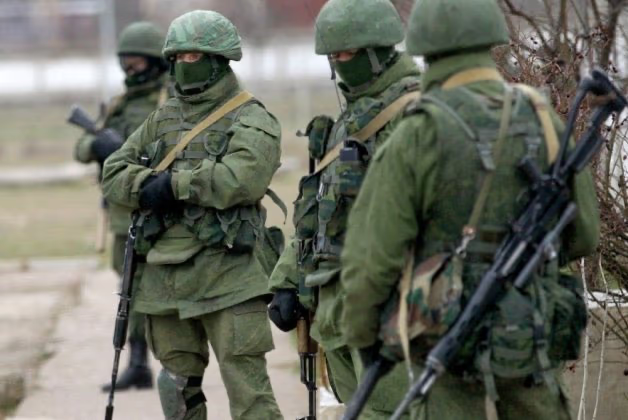
Russian servicemen without insignia blocking Ukrainian facilities in Crimea.
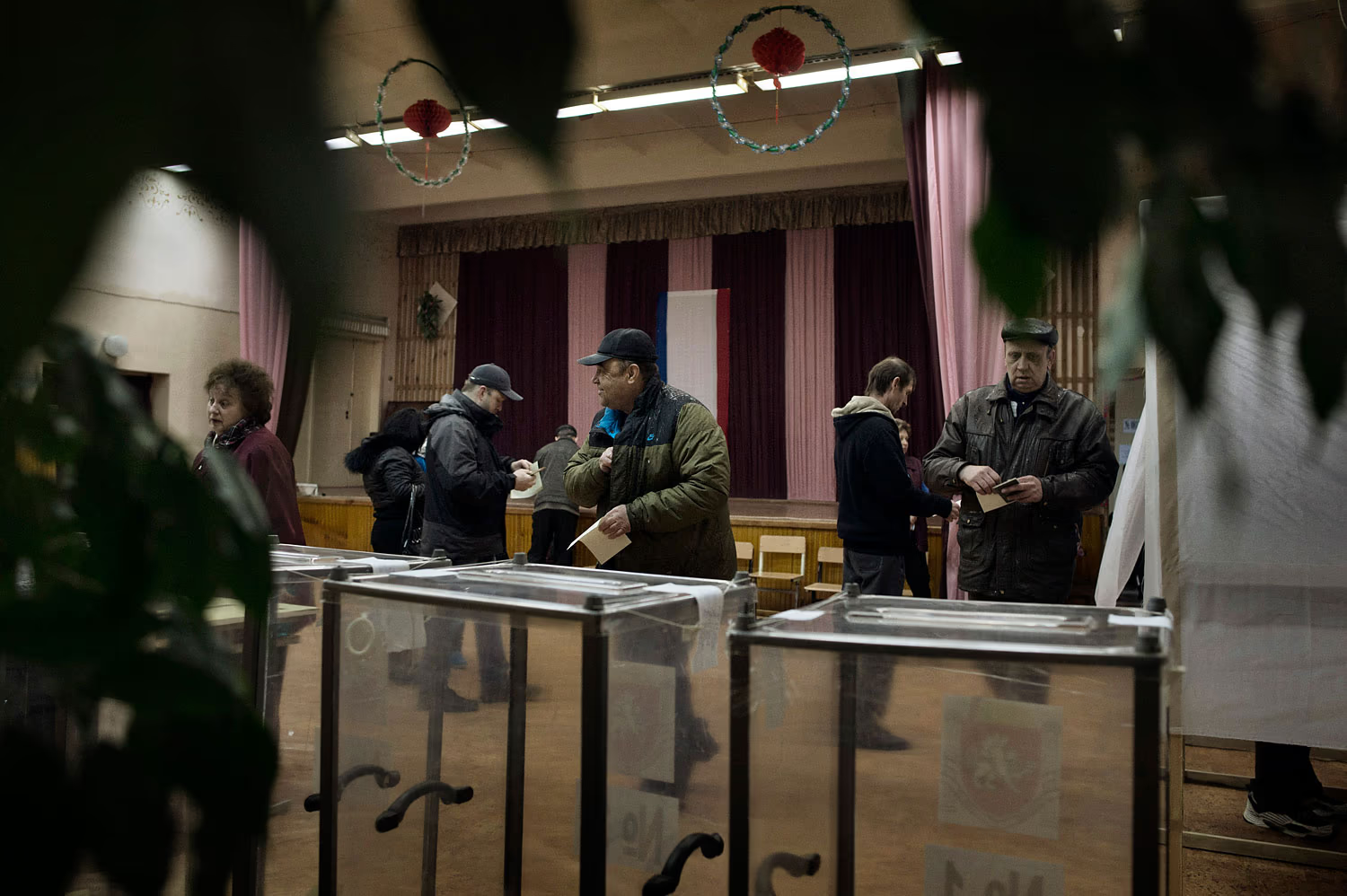
One of the polling stations in Crimea during the referendum organized by Russia.
According to analysts, returning Crimea to Ukrainian control appears extremely difficult—especially considering that after more than two years of full-scale war, the Ukrainian army has not succeeded in liberating even the eastern regions of the country.
Crimea holds a special place in Vladimir Putin’s priorities. Sevastopol, home to the Black Sea Fleet, is considered a strategic asset. Crimea itself is a symbol of Russia’s historic victories in the Crimean War and World War II. Putin has repeatedly claimed that all of Ukraine is part of the "Russian world," but Crimea—once a part of the Russian Empire—occupies a unique place in his view. In 1954, Nikita Khrushchev transferred the peninsula to Kyiv’s jurisdiction as a symbolic gesture marking the 300th anniversary of Ukraine’s reunification with Russia. At the time, it was a formality within the framework of a single state—the USSR.
Samuel Charap, an analyst at the RAND Corporation, recalls that Donald Trump has previously recognized disputed territorial claims: in 2019, Israel’s annexation of the Golan Heights, and in 2020, Morocco’s claim to Western Sahara in exchange for establishing diplomatic relations with Israel. However, Charap argues that a concession on Crimea is unlikely to bring the war any closer to an end. He cites a historical precedent: in 1940, the United States refused to recognize the Soviet annexation of the Baltic states—a position that ultimately proved strategically sound.
"It did not prevent détente or negotiations to end the Cold War," Charap notes. Daniel Fried agrees: "At first, the Welles Declaration was mocked. But decades later, it became a symbol of principle and played a key role in the restoration of the Baltic states' independence."
Whose Crimea?
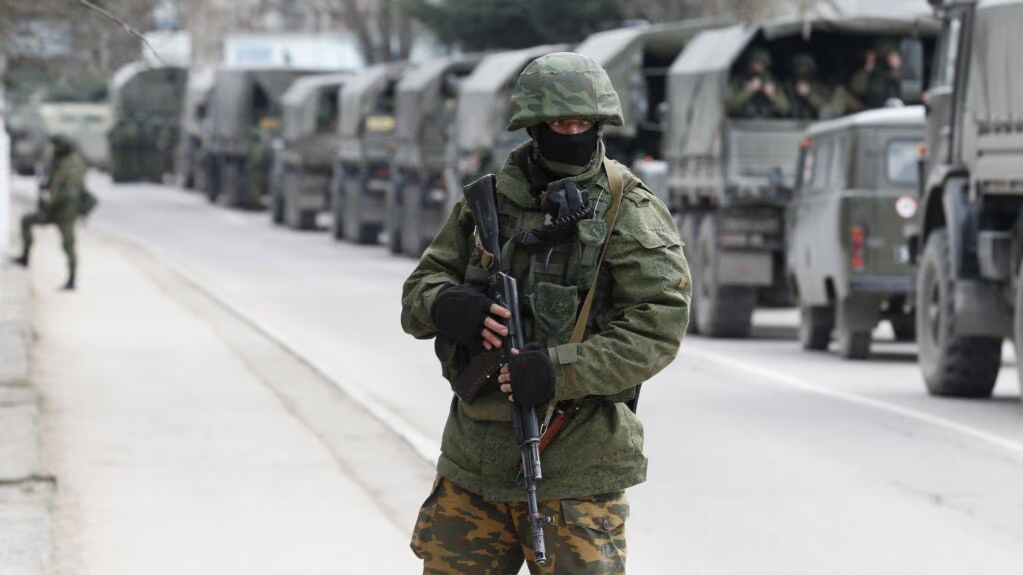
The Crimea Deal: How the Bloodless Annexation of 2014 Paved the Way for New Concessions to Moscow
As Kyiv Holds the Front, the West Debates Whom to Blame and Where to Cut Costs

Crimea and Sanctions Relief for Moscow, Promises and No Guarantees for Kyiv
U.S. Peace Plan Finds No Support in Europe and Faces Criticism in Ukraine

Why Trump’s Peace Plan Is Stalling
Hard Lessons From the 2022 Talks

